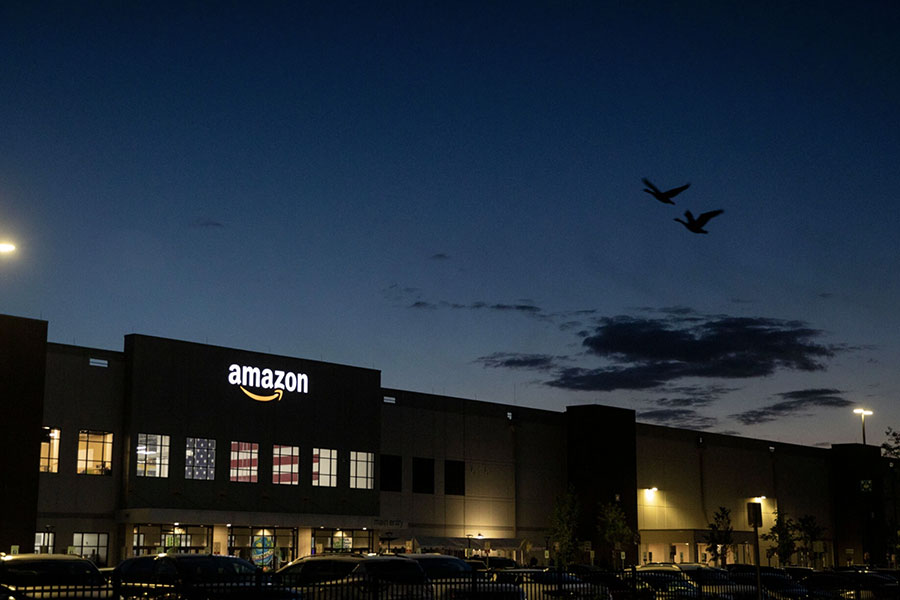People Now Spend More at Amazon Than at Walmart
Amazon has eclipsed Walmart to become the world’s largest retail seller outside China, according to corporate and industry data, a milestone in the shift from brick-and-mortar to online shopping that has changed how people buy everything from Teddy Grahams to teddy bears.
Propelled in part by surging demand during the pandemic, people spent more than $610 billion on Amazon over the 12 months ending in June, according to Wall Street estimates compiled by the financial research firm FactSet. Walmart on Tuesday posted sales of $566 billion for the 12 months ending in July.
Alibaba, the giant online Chinese retailer, is the world’s top seller. Neither Amazon nor Walmart is a dominant player in China.
In racing past Walmart, Amazon has dethroned one of the most successful — and feared — companies of recent decades. Walmart perfected a thriving big-box model of retailing that squeezed every possible penny out of its costs, which drove down prices and vanquished competitors.
But even with all of that efficiency and power, the quest to dominate today’s retail environment is being won on the internet. And no company has taken better advantage of that than Amazon. Indeed, the company’s delivery (many items land on doorsteps in a day or two) and wide selection first drew customers to online shopping, and it has kept them buying more there ever since. It has also made Jeff Bezos, the company’s founder, one of the richest people in the world.

“It is a historic moment,” said Juozas Kaziukenas, founder of the Marketplace Pulse, a research company. “Walmart has been around for so long, and now Amazon comes around with a different model and replaces them as a No. 1.”
Wall Street firms had been expecting this retail baton to change hands in the coming years. But the pandemic accelerated the timeline, as people stuck at home relied on deliveries. Walmart’s sales rose sharply during the pandemic, but it has not matched Amazon, which has added hundreds of new warehouses and hired about 500,000 workers since the start of last year.
Walmart’s sales grew $24 billion in the last year, the company said Tuesday. During roughly the same period, the total value of everything people bought on Amazon rose by nearly $200 billion, analysts estimate.
While the figures are calculated differently, analysts regularly use them as a rough comparison. Knowing the full value of Walmart’s sales is simple, because they nearly all come from its own inventory and are disclosed publicly each quarter. But analysts must calculate an estimate of the value of Amazon’s overall sales because most of what people buy on its site are products owned and listed by outside merchants. The company publicly reports only the fees it takes from those transactions.
With Amazon’s success has come greater scrutiny. And the company has started to receive many of the same complaints — over its treatment of workers and impact on local and national economies — that Walmart faced during its biggest periods of expansion more than a decade ago.
“The Big Bad Wolf is Amazon now,” said Barbara Kahn, a professor of marketing at University of Pennsylvania’s Wharton School of Business who has written several books on retailing.
Amazon and Walmart declined to comment.
Over the last century, very few companies could stake a claim to world’s biggest retailer. The grocery chain A.&P. was such a force that antitrust authorities pursued it in the 1940s. Sears overtook A.&P. as the largest retailer in the early 1960s by targeting middle-class shoppers in the suburbs and expanding the department store model.
Then came Walmart









